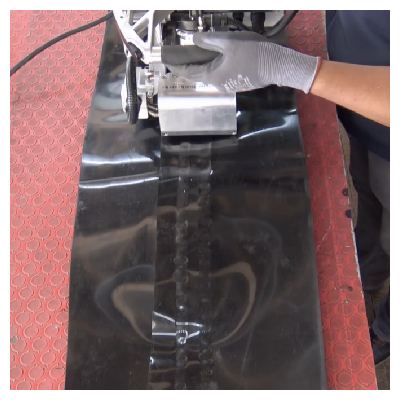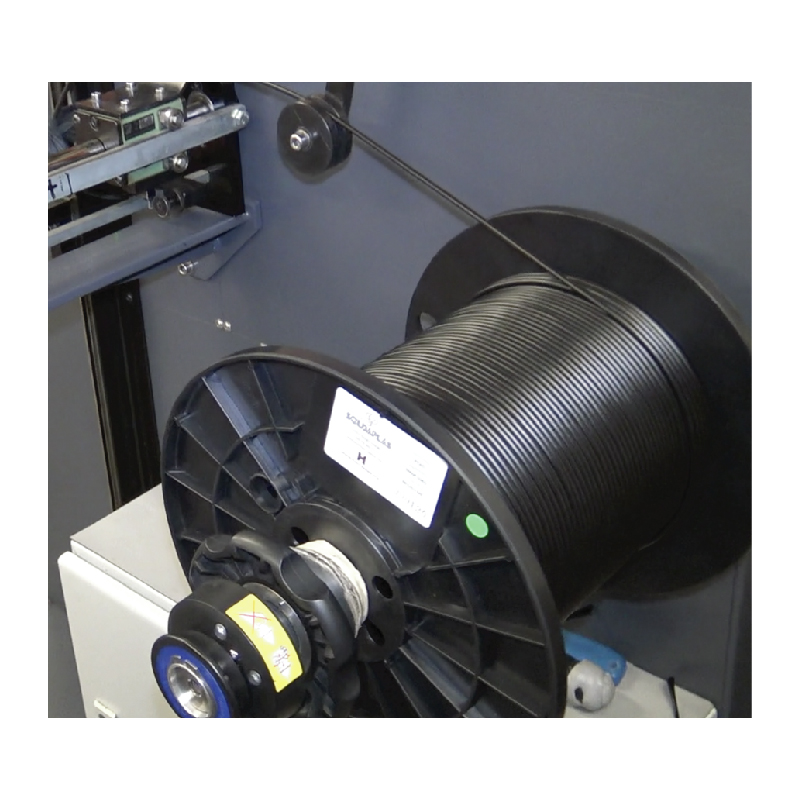Membrane sealing
Geomembranes are large, low-permeability plastic sheets that can be maintained using extruders to extend their lifespan.
As they function as barriers to chemical compounds and gases, geomembranes are widely used in municipal waste management systems. Let's explore their role in landfill installations and how they can be repaired for maintenance.
The installation of a polyethylene geomembrane requires a careful process to ensure the membrane is correctly placed and sealed. Here are the general steps for installing a polyethylene geomembrane:
-
Substrate Preparation: The substrate must be prepared to ensure it is clean and free of any sharp objects that could damage the geomembrane. The surface should also be level and free of any irregularities.
-
Unrolling the Geomembrane: The geomembrane is unrolled in the area where it will be installed, making sure there are no wrinkles or folds.
-
Placing the Geomembrane: The geomembrane is positioned in its final location, ensuring it is centered in the installation area and has sufficient overlap for subsequent sealing and anchoring.
-
Overlapping Joints: The joints between sections of the geomembrane overlap by at least 15 cm, and are secured with double-sided adhesive tape or by thermofusion welding.
-
Securing the Geomembrane: The geomembrane is secured in place using anchors, staples, or any other suitable method. The edges of the geomembrane are sealed with a sealing strip to ensure complete watertightness.
-
Leak Testing: Leak tests are conducted to ensure the geomembrane is properly installed and sealed. Tests can be conducted with water or other specific methods.
It is important to note that the installation of a polyethylene geomembrane should be carried out by professionals experienced in geomembrane installation and handling of chemical products. All relevant occupational health and safety standards should be followed to prevent accidents and ensure the quality of the final product.











